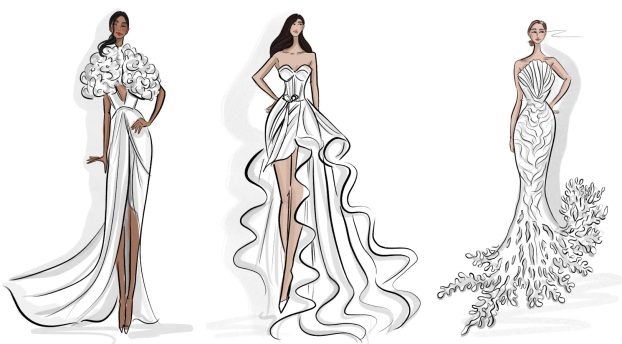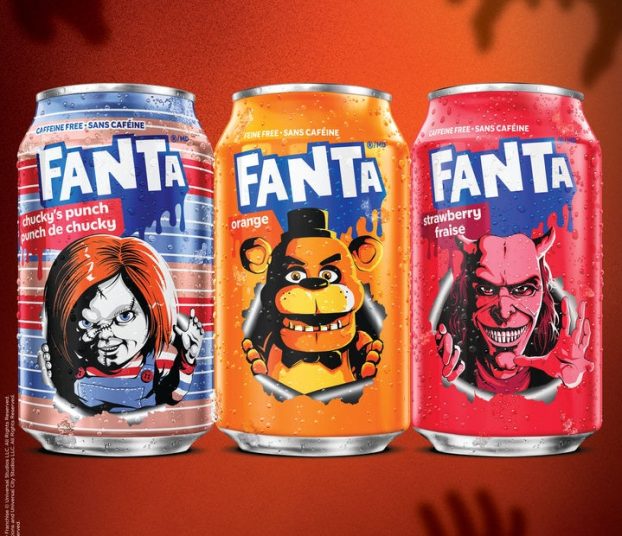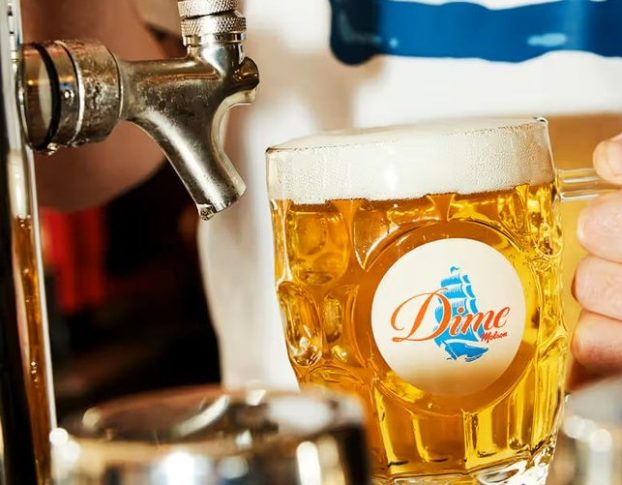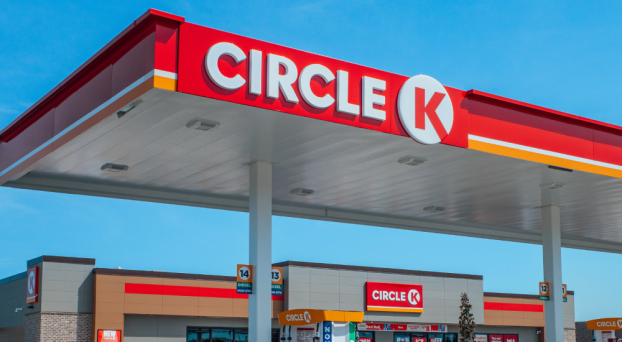‘I always say to him that it felt like I was dating again,’ says Jennifer Dettman, executive producer of CBC’s The Hour, ‘I would phone and every day I would come in and say, ‘Did he call me?” He, of course, is George Stroumboulopoulos, the man around whom the late night talk show was built and the person that Dettman tenaciously pursued, knowing that he could not only carry his own show, but expand an already loyal following. Dettman had seen him as a VJ on MuchMusic, but it was an interview he did with Peter Mansbridge that proved to her he could talk more than music, and do it well.
The Hour debuted on CBC Newsworld in January 2005, featuring a broad range of interview subjects, from movie stars to politicians, as well as analysis of news and current events – all done with the insight and edge that has made Strombo (as he’s typically known) a true household name.
‘We had this guy who was smart, who could really connect with people, who would tell us the way that it was and had a really genuine voice, so the key with him was don’t get in his way, build the show around him – everything, the set, the graphics, the format of the show,’ explains Dettman.
In a recent poll commissioned by Reader’s Digest to determine the most trusted Canadians, George was named number 11 out of 100 prominent figures. Perhaps more telling was that, although he didn’t quite crack the top 10, he was the only mug on the cover.
‘When people talk to George, it’s taxi drivers and people in fancy restaurants – it’s the whole range,’ says Julie Bristow, executive director of factual entertainment at CBC. ‘He’s got a bit of that touchstone that everybody seems to know who he is. And I think it’s because his brand goes beyond a late night slot on CBC TV.’
The strategy of letting George be George worked. The year after its debut, The Hour graduated from 8 p.m. on Newsworld to 11 p.m. on CBC Television (it continues to be broadcast on Newsworld as well), with the hopes of broadening CBC’s main audience to include George’s young fans. While the core of the show remained the same, it became more of an entertainment entity.
‘The idea was to say, ‘let’s put a stake in the sand in late night,” says Bristow. ‘We really started focusing on getting stars into the chair with George and doing longer interviews than we had done before.’ They also built a new set and invited a live studio audience to the 4:30 p.m. taping of the show to ‘make it an event,’ according to Bristow.
It has all led to a viewership that continues to grow. The show reaches 1.5 million viewers per week on average (with viewership up 13% since its main network debut), but when you factor in online presence, the numbers are much higher. The Hour’s website on CBC.ca garnered 3.9 million page views in the ’08/09 season. ‘It’s one of the most heavily trafficked shows on the site,’ says Bristow, ‘and recently the show surpassed 10 million views on its YouTube channel.’ The Hour is also consistently on the Top Podcasts list on the iTunes Music Store.
Despite George’s youth appeal, the show does over-perform among 35 to 49 year olds, with 36% of its audience in ’08/09 in that demo.
‘In a world saturated with clutter, promises and superlatives, George is an oasis for the viewer to visit,’ comments brand guru Tony Chapman, founder of Toronto-based Capital C. ‘He is authentic; his consideration is for the story, not his camera angle or a demonstration of his intellect or performance abilities. We need to do whatever we can to keep him. [He’s] our Bill Maher or Jon Stewart.’
When it comes to promoting the show, it’s no surprise that creative features George prominently. When The Hour debuted on CBC Television, the tagline was ‘The world served straight up.’
‘It was very much about, who is this guy and what is it about him?’ says Mary-Jo Osborn, creative director, advertising and media, marketing communications at CBC. ‘So that authenticity, that real curiosity – you want to hear what he has to say.’
The following year, the focus was shifted slightly to highlight the celebrity guests. Under the tagline, ‘This is the place, this is The Hour,’ the campaign featured the images of the famous folks who had been interviewed by Strombo.
Last year, that idea was developed further with the ‘Red Chair’ campaign under the main tagline ‘Where the A-List come to talk.’ The campaign kicked off in true celebrity style. It so happened that the season premiere of the show coincided with the Toronto International Film Festival, so to target festival-goers, publicists and talent, TSAs were placed in strategic locations with taglines such as ‘Even your entourage can’t make you feel this comfortable’ and ‘Haven’t talked to George? Quick, fire your publicist.’
Advertising is primarily created in-house (M2 Universal handles the buy), and has been featured on media including CBC properties as well as U.S. cable in Canada (such as CNN and A&E), radio, print, online and OOH.
While the show has always had advertisers and sponsors, The Hour has begun to delve into more integrated brand partnerships to great success. Last season, the show teamed up with Cisco’s ‘One Million Acts of Green’ program, with George encouraging viewers to commit acts of green and register them online.
‘I think because George has credibility, George is very down to earth, George is a connector, we were able to accomplish in less than three months what we thought we might be able to accomplish in a year,’ says Bristow. After achieving one million acts in less than 100 days, they continued to promote the program on the show and ended up with 1,788,979 acts of green after one season. More brand partnerships are planned for the future.
And what does the man himself think of his strong brand identity? ‘I don’t think of myself as a brand,’ says Strombo. ‘At The Hour, we just try to be good company and tell people about their world that day. If people connect with what we do then I guess we’re doing something right.’
Jump to:





















